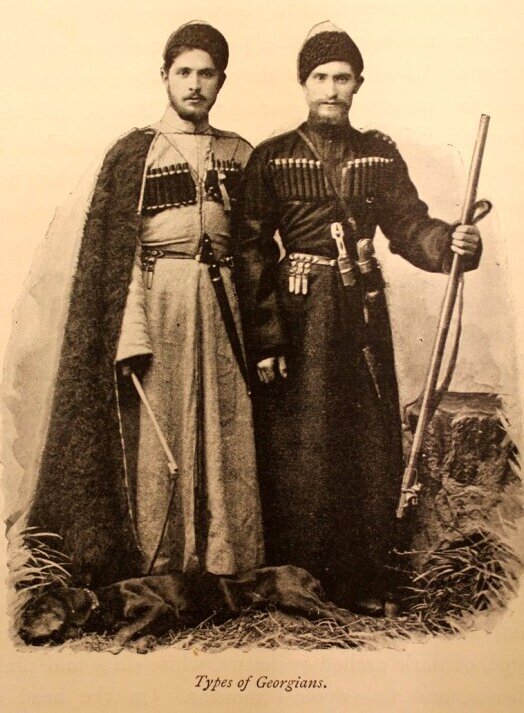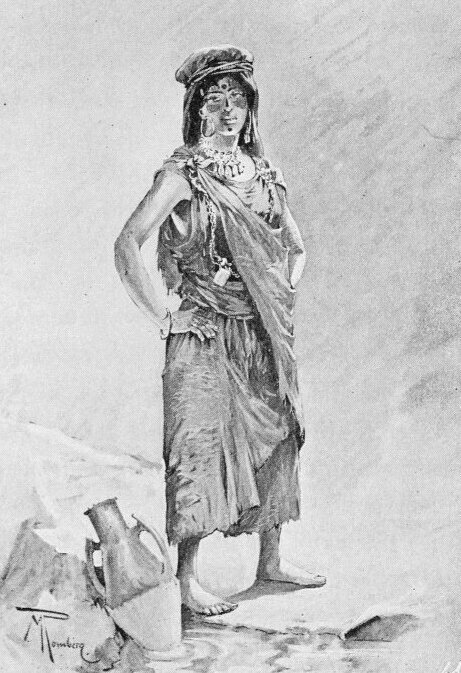Walter B. Harris
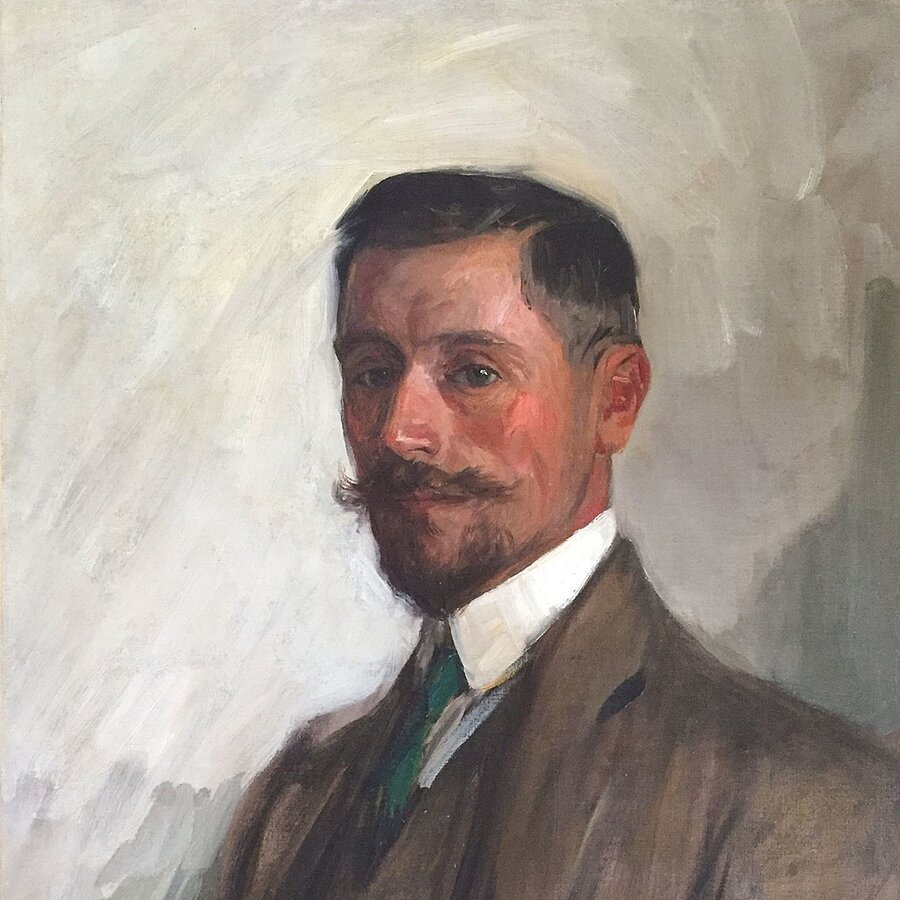
Walter Burton Harris (29 August 1866, London – 4 April 1933, Malta [buried in Tangiers, Morocco]) was a journalist, writer and traveler who settled in Morocco at age 19, where he achieved fame with his work as special correspondent for The Times of London, traveled through the Caucasus, Persia, Turkistan, Irak and Yemen, and got involved in diplomatic imbroglios between England, French, Greece and Germany until he settled down as a leisure traveler, visiting Angkor and Southeast Asia in the late 1920s.
The son of a wealthy British shipping and insurance broker, W.B. Harris was from the start an avid traveler ready to immerse himself in the uncharted territories of Morocco’s mountains and Berber tribes, quickly learning languages (French, Spanish and North African Arabic) and always prone to disguise himself in tribal garments, not unlike another maverick British explorer, T.E. Lawrence. Unlike ‘Lawrence of Arabia’, however, he didn’t hide his homosexuality, only briefly marrying Mary Saville, a daughter of John Charles George Savile, 4th Earl of Mexborough (1810−1899) and making cosmopolitan and open-minded Tangier his home for his entire life.
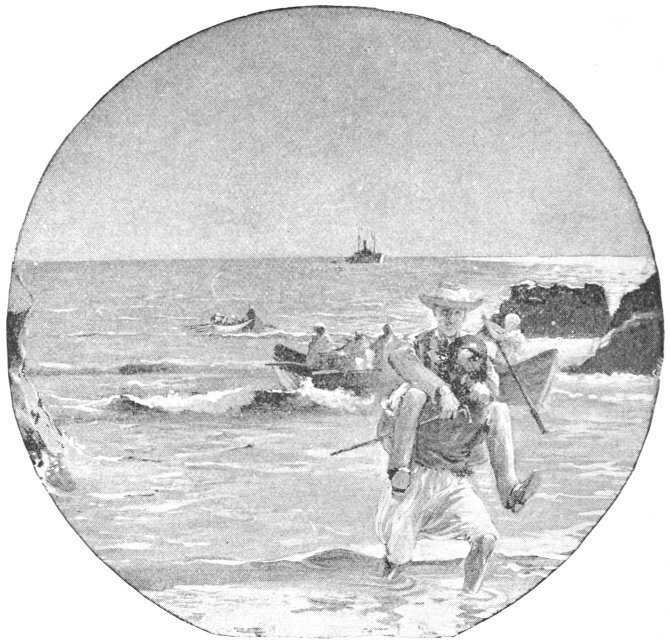
Unafraid of the most rugged mountains (above, his 1893 itinerary through the Atlas), W.B. Harris wasn’t the typical macho explorer of the time, depicting himself his quite comical landing at Safi آسفي, Morocco, piggyback on his manservant. [illustrations from his book Tafilet: The Narrative of a Journey of Exploration.]
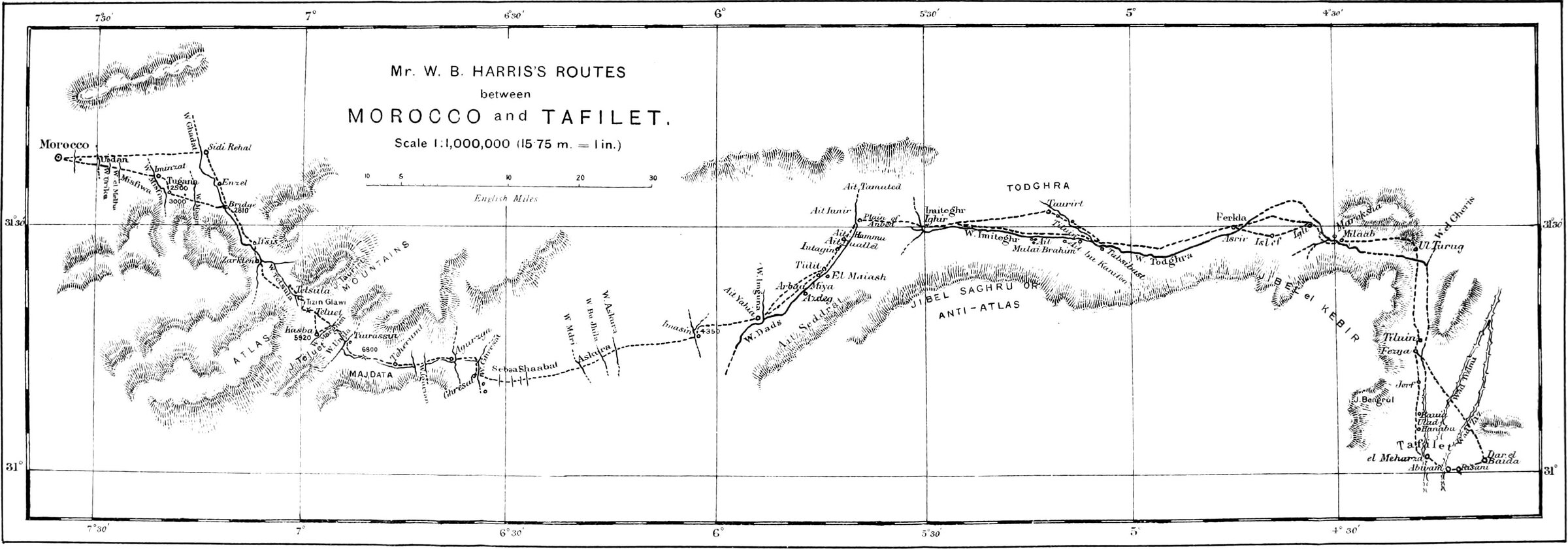
Unafraid of the most rugged mountains (above, his 1893 itinerary through the Atlas), W.B. Harris wasn’t the typical macho explorer of the time, depicting himself his quite comical landing at Safi آسفي, Morocco, piggyback on his manservant. [illustrations from his book Tafilet: The Narrative of a Journey of Exploration.]
Unafraid of the most rugged mountains (above, his 1893 itinerary through the Atlas), W.B. Harris wasn’t the typical macho explorer of the time, depicting himself his quite comical landing at Safi آسفي, Morocco, piggyback on his manservant. [illustrations from his book Tafilet: The Narrative of a Journey of Exploration.]
At ease with royalty and high-ranking politicians, he also demonstrated his adventurous and fearless streak while exploring the Rif region and gaining the trust of mountain chieftains such as Moulai Ahmed er Rasuni ولاي أحمد الريسوني [name Westernized as ‘Raisuli’], a leader of the Jebala tribal confederacy who died in April 1925 after having been imprisoned by his rival Abd el Krim. Initially, he had been captured by Rasuni’s men and held hostage (for “three weeks of a terrible experience”, according to the New York Times on 14 July 1903, for nine days and without much hardship, if we trust his own account in his acclaimed 1921 book, Morocco That Was ). He was the confidant of Moroccan sultans, including He interceded with Sultan Moulay Abd el Aziz, with whom he interceded on behalf of Meknes Jews who had been razzied by brigands.
Harris liked to enrich his travelogues with the help of illustrators: 1) ‘Georgian Types’ [in From Batum to Baghdad, 1896], 2) ‘Woman of Dads’ for Dades Valley مضايق دادس, Morocco. [in Tafilet..., 1895
As a young and daredevil correspondent for The Times of London (officially since 1906), Harris resigned himself to accepting the decline of British worldwide influence in Morocco — which became a French Protectorate in 1912 -, Yemen (where he was special correspondent in the 1890s), Greece (he covered the domestic convulsions in Athens in 1915). His hostility towards France had melted away by the time Great Britain and France settled their Entente Cordiale in 1904. In Tangiers, he befriended the secretary of the French legation, Maurice Delarue de Beaumarchais (1872−1932), a great-grandson of P.A. Caron de Beaumarchais, the author of Mariage de Figaro, and Beaumarchais’s wife, Marie Louise Lagelouze (1880−1957), accompanied him in some of his forays into Berber country, taking blurred photographs. Harris later implied that he had worked with the Admiralty intelligence service during World War I. In any case, France awarded him the Legion of Honour and the title of Commander of the Oiussam Alaouite of Morocco.
A piece of trivia: Walter Harris, also a correspondent for The Times, rescued in 1908 a young Indiana Jones from a Marrakesh slave market in George Lucas’ The Adventures of Young Indiana Jones: Volume One, The Early Years (shot on location in 1999, with Corey Carrier as Indiana Jones, DVD released in 2008). The TV educational program spotlighting historical figures such as T. E. Lawrence (Lawrence of Arabia), initially titled The Young Indiana Jones Chronicles or Young Indy, was reformatted and repackaged several times. In the movie, young Indiana Jones meets Harris in 1908 in Tangiers, when his family went to stay with him, and the journalist teaches the young boy to disguise himself. Captured by slave traders with his friend Omar, Indy is finally rescued by Harris, who pays the ransom for both boys. [see Indiana Jones Fandom blog.]
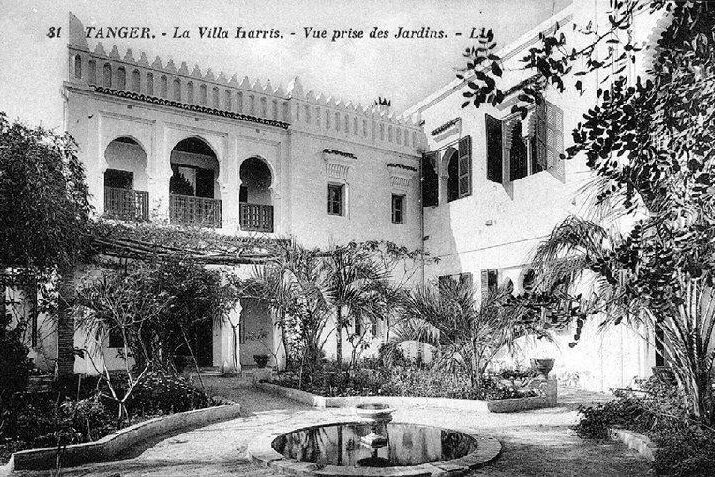
1) ‘Villa Harris’ in Tangiers, on the road to Cape Malabata [1909 postcard reproduced on TangerRetro blog]. 2) Used as a casino, then as a Club Med resort until 1992, the villa was abandoned during two decades before being restored and converted into a museum in 2021[photo by Stelmaris via Wikicommons, 2024].
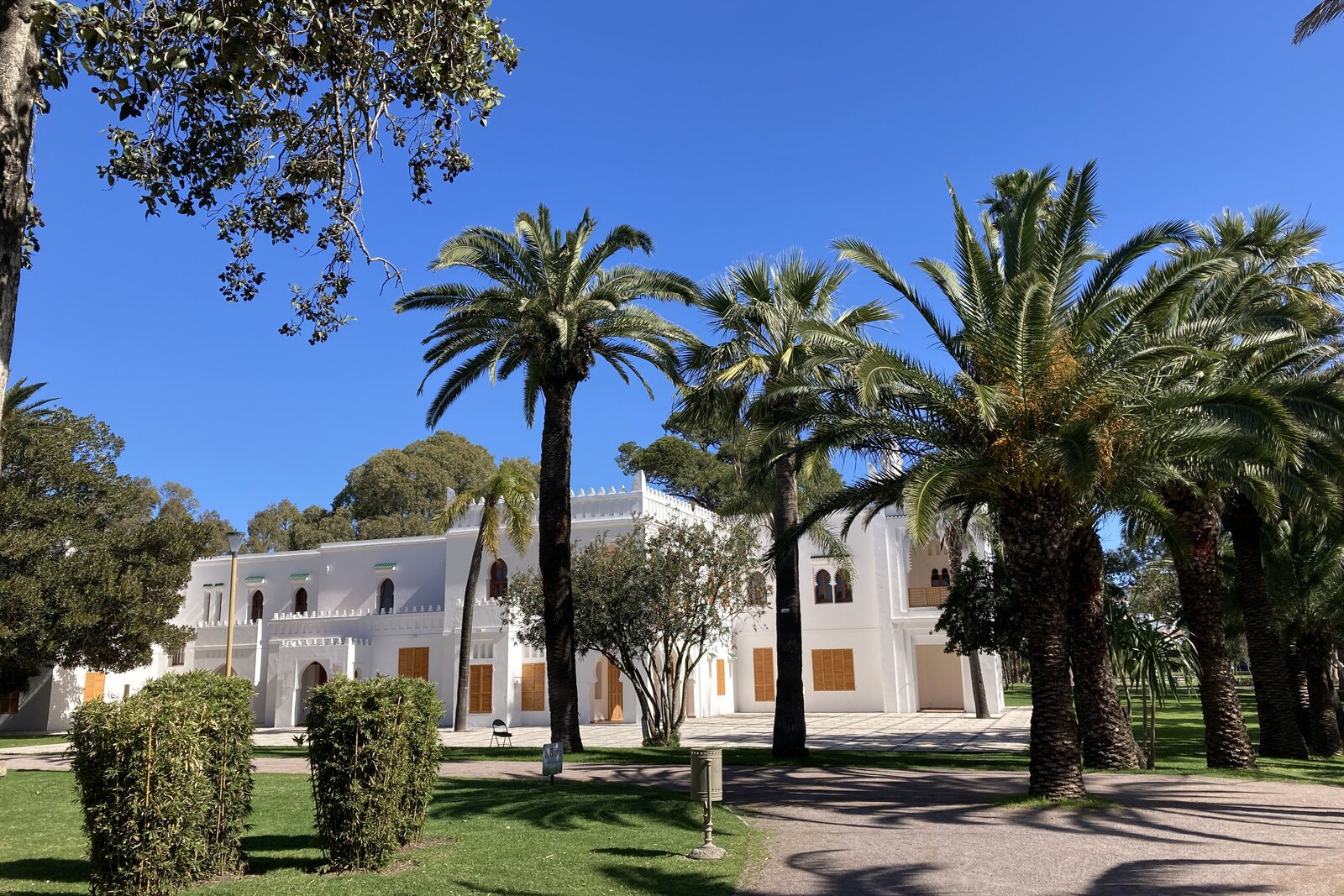
1) ‘Villa Harris’ in Tangiers, on the road to Cape Malabata [1909 postcard reproduced on TangerRetro blog]. 2) Used as a casino, then as a Club Med resort until 1992, the villa was abandoned during two decades before being restored and converted into a museum in 2021[photo by Stelmaris via Wikicommons, 2024].
1) ‘Villa Harris’ in Tangiers, on the road to Cape Malabata [1909 postcard reproduced on TangerRetro blog]. 2) Used as a casino, then as a Club Med resort until 1992, the villa was abandoned during two decades before being restored and converted into a museum in 2021[photo by Stelmaris via Wikicommons, 2024].
More than Lawrence of Arabia, Harris had been prone to embellish his own exploits, but In November 1927, after four consecutive years of covering the French-Spanish anti-rebellion efforts in the Rif, “tired and sick of the cruelties of war”, Harris embarked to a journey of eigth months through “Southeast Asia and the Dutch Archipelago” that he described as a “pleasure trip” but with The Times covering his travel expenses, in his own words out of “the consideration and generosity of that great newspaper” to him. Angkor was amongst “the many places [he] desired to see.” His travel account, East for Pleasure (1929), was utterly devoid of self-promotion.
By then, Harris was a dignified member of the Royal Geographical Society. In 1933, he took another reflective journey to places he had visited before in the Near and Middle East, and was crossing back the Mediterranean sea when he had a stroke aboard the ocean liner. He died at King George V hospital in Malta, and was later buried at Tangier’s Anglican cemetery.
Publications
- The Land of the African Sultan: Travels in Morocco, 1887, 1888, and 1889, London, Sampson Low, Marston, Searle & Rivington, 1889.
- A Journey through the Yemen, and some general remarks upon that country, Illustrated from sketches and photographs taken by the author, Edinburgh-London, William Blackwood, 1893.
- Danovitch and Other Stories, Edinburgh-London, William Blackwood and Sons, 1895.
- Tafilet: The Narrative of a Journey of Exploration in the Atlas Mountains and the Oases of the North-west Sahara, illustr. by Maurice Romberg, Edinburgh-London, William Blackwood, 1895 [Project Gutenberg ebook].
- From Batum to Baghdad by way of Tiflis, Tabriz and Persian Kurdistan, London, William Blackwood & Son, 1896.
- Morocco That Was, London, William Blackwood & Sons, 1921; repr. by Eland, 2002; repr. Negro Universities Press, 1970; FR Le Maroc disparu- Anecdotes sur la vie intime de Moulay Hafid, de Moulay Abd el Aziz et Raissouli, tr. by Paul Oudinot, Paris, Plon, 1929.
- France, Spain and the Rif, London, E. Arnold, 1927.
- East for Pleasure: The Narrative of Eight Months’ Travel in Burma, Sian, the Netherlands East Indies and French Indo-China, London: Edward Arnold & Co., New York: Longmans, Green & Co., 1929.
- East Again: The Narrative of a Journey in the Near, Middle and Far East, London: Butterworth, New York: E. P. Dutton & Co., 1933.
Main photo: a portrait of Walter B. Harris by Sir John Lavery (1907).

